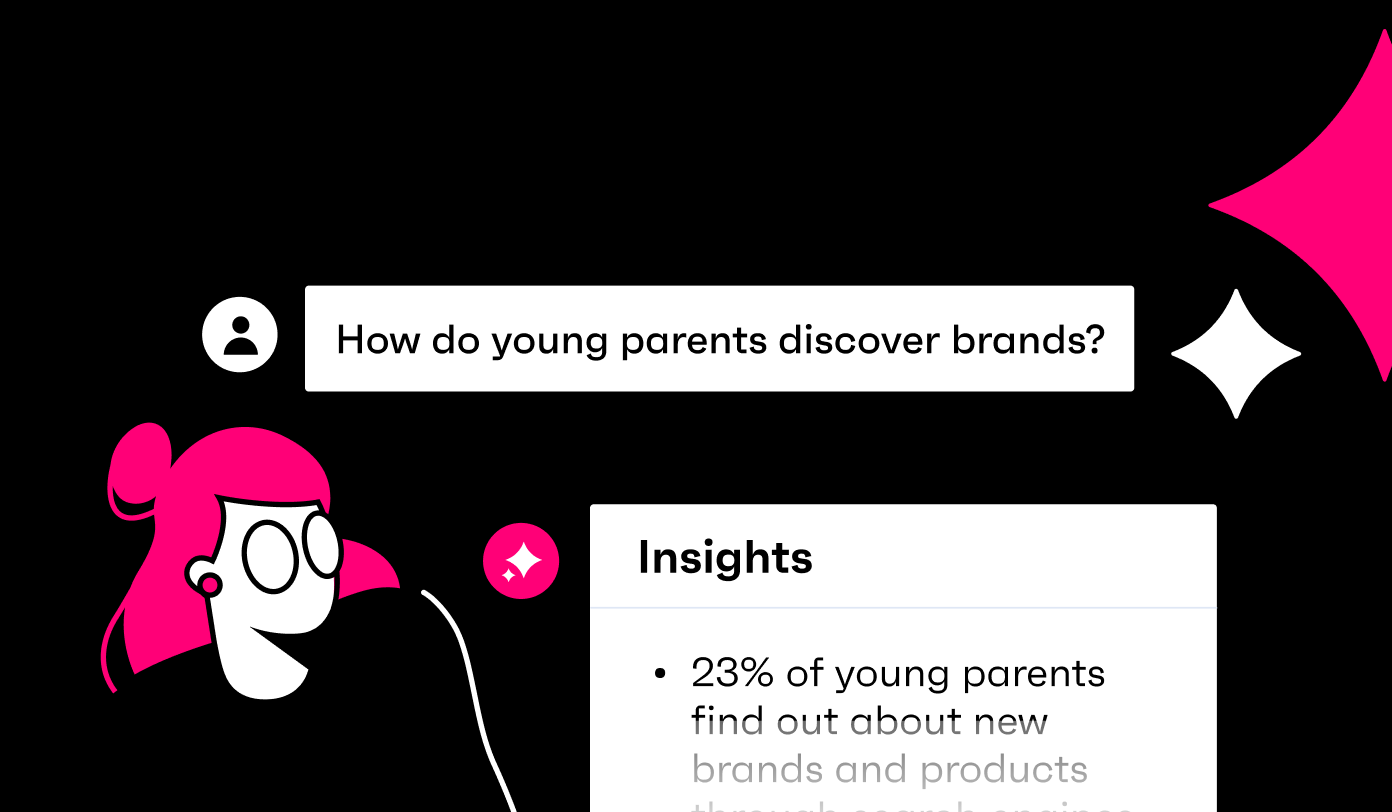Long touted as the next big thing, virtual reality may be approaching an inflection point.
Venture capital funds for VR technology in 2018 were half of what they were in 2016, and IDC reported sluggish headset sales throughout last year.
But there are promising signs on the horizon. As wide and sustained consumer interest has failed to take off, manufacturers are putting more weight behind standalone devices, like the Oculus Quest.
These offer premium experiences at a more affordable price, without the need for a high-end PC or smartphone. It was these untethered headsets that caused VR headset sales to rebound in the last quarter of 2018, per IDC’s statistics.
With those price barriers in place, VR technology has so far been the preserve of the early adopter archetype: typically young, male, affluent, and tech-savvy. Perhaps encouraged by the interests of said demographic, a bespoke survey we recently carried out found gaming dominates how VR is used.
In the UK in particular, gaming far outstrips any other use of VR, with even other forms of entertainment like films or documentaries trailing behind. The data bears out what we see in the retail world; on most retail sites, VR devices are filed under the “gaming” category.
Travel can take VR beyond early adopters.
While Gen Z primarily want to see more VR games, millennials and older internet users see different possibilities in the technology. Understanding this may be the way to attract them to it and grow the market.
51% of Gen Xers and 45% of VR-aware Baby Boomers want to see more travel applications in VR technology.

If we think of VR as a gaming technology, it’s worth remembering how games consoles have expanded their audience in the last few years, moving from purely gaming devices into all-in-one entertainment hubs.
But when it comes to VR, there’s scope to expand beyond more than just entertainment. Gen Xers and Baby Boomers are more excited by the idea of traveling with VR than attending virtual gigs or sports fixtures, for example.
But for current users of VR, travel experiences are considerably behind games, even for older internet users.
32% of Gen X VR users have engaged with travel experiences – less than half as many as those who have played games.
To help change perceptions of VR, more has to be done to draw attention to its capabilities in virtual travel. At the moment, it takes a lot of scrolling through games on the browser version of the Oculus store to find travel experiences.
But this requires content creators to be confident their work will reach the right audience. It’s a bind that mirrors the chicken-and-egg problem VR technology currently faces as a whole.
Hardware makers need killer apps to draw users to their devices, but software makers need users to justify building those apps. This impasse is one of the reasons VR has failed to explode.
Through travel experiences, multiple parties can potentially benefit.
Manufacturers can unlock more sales from consumer groups that have so far resisted the call of the technology. Travel brands that can deploy VR in their marketing strategies will know they’re using the tech in a way that resonates with consumers.
VR’s promise in travel marketing.
VR is already showing promise in travel marketing campaigns.
Thomas Cook’s “Try Before You Fly” campaign let customers fly in a helicopter over the Manhattan skyline, go scuba diving in the Red Sea, and visit the Egyptian pyramids from one of their stores.
These virtual experiences brought tangible rewards; the company saw a 190% uplift in bookings as a result of the campaign. Tourism Australia cited its VR campaign as one of the reasons behind its record-breaking 2018.
Previewing destinations is perhaps the most obvious application of VR in travel marketing, but it has the potential to stand in for entire trips as well.
While it’s unlikely virtual tourism will ever completely replace the real thing – headsets are unlikely to ever provide all the sensations and experiences that make trips memorable – it may dovetail with another industry trend: sustainability.
VR can be a tool for sustainable travel.
With consumers increasingly conscious of their environmental impact, VR may be the best way to experience destinations that would otherwise struggle to cope with the demand.
Think of the buzz generated by the Palau Pledge, where a collaboration between marketers and Palauans made visitors to the island – with a population of just 20,000 – watch videos, sign agreements, and have their passports printed with a pledge, all to remind visitors of the island’s fragility and urge them to travel conscientiously.
Looking longer term, this conscientiousness could spark more virtual travel to remote and under-threat destinations – a type of trip guaranteed not to leave an impact on the destination.
There are some more concrete examples of how these trends might converge. One is the Open Heritage Project, a collaboration between Google and CyArk, which lets users roam around some of the world’s most under-threat heritage sites. Another is Virry Safari, an app that uses an immersive virtual safari to educate users about conservation.
Facebook’s $2.3 billion dollar deal for Oculus in 2014 was the flashpoint that sparked VR’s peak years of hype.
But Oculus’ origins in the gaming community have defined VR’s trajectory up until now. Pokémon Go’s use of augmented reality proved gaming can an effective bridgehead to generate wider interest and adoption for new ways of engaging with the world.
But for VR to draw in more consumers, it needs to take them on a journey.






.webp?width=495&height=317&name=pink_thumb_graphs%20(1).webp)
.webp?width=495&height=317&name=pink_thumb_letter%20(2).webp)
